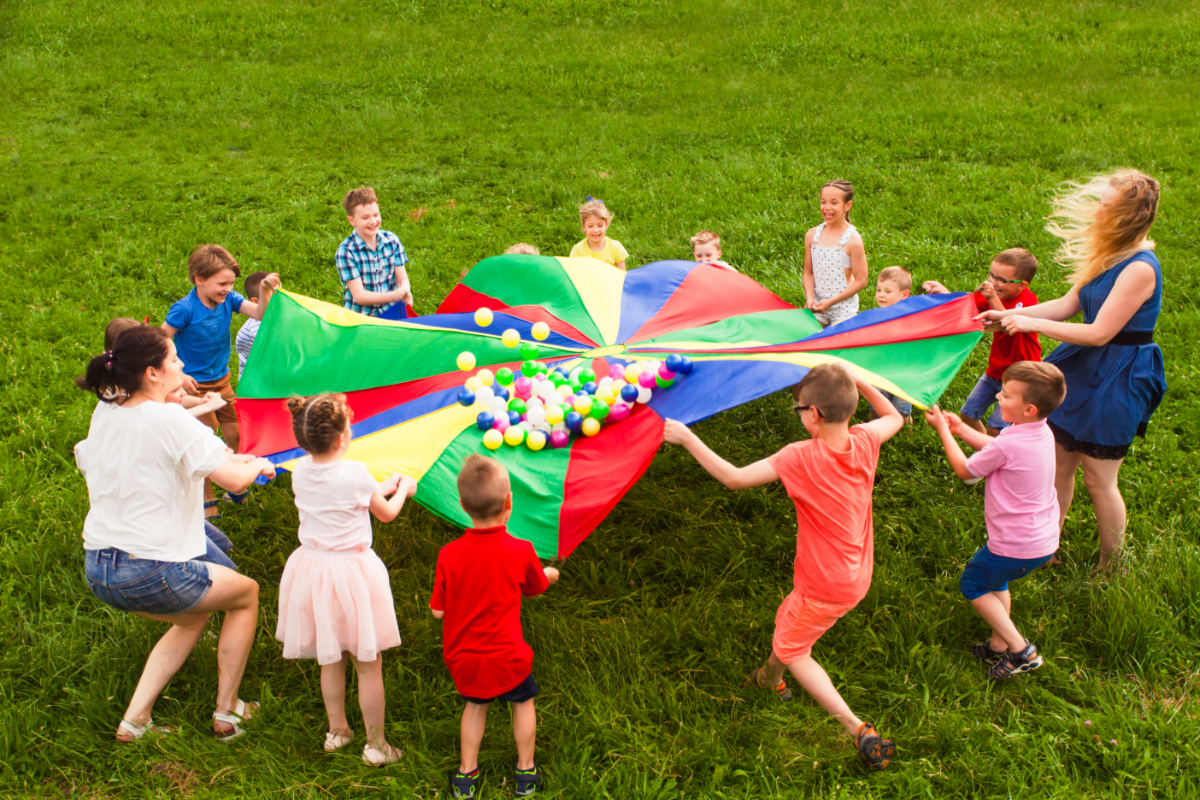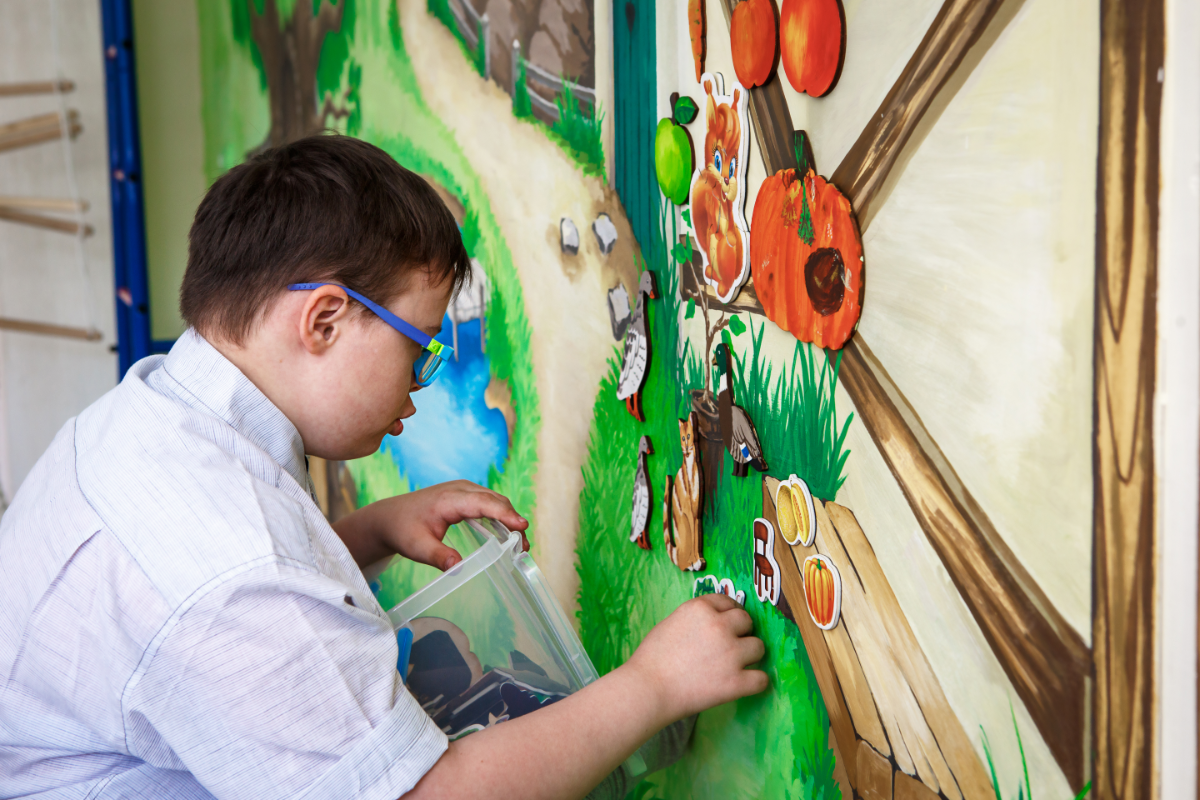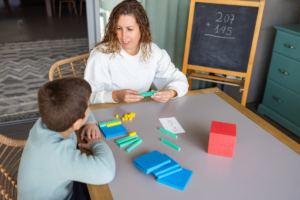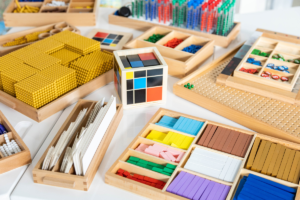
How to Stimulate Creativity in Children through the Arts: A Guide for Parents and Educators
Stimulating creativity in children is paramount to their development and growth. The arts provide an excellent platform for children to express themselves and explore their creativity. Encouraging children to participate in art activities can help build their self-esteem, improve their problem-solving skills, and foster their imagination.
There are many ways to stimulate creativity in children through the arts. One way is to provide them with a variety of art materials and encourage them to experiment with different techniques. Another way is to expose them to different forms of art, such as painting, drawing, sculpting, and music. This can help children develop an appreciation for different art forms and inspire them to create their own unique works of art.
Parents and educators can also encourage creativity by providing children with a supportive and nurturing environment. This can include setting up a dedicated art space in the home or classroom, offering positive feedback and encouragement, and allowing children to explore their own interests and ideas. By fostering creativity in children, we can help them develop into confident and well-rounded individuals who are better equipped to face the challenges of the future.
Understanding Creativity in Children
Creativity is the ability to generate new and original ideas, and it is an essential skill for children to develop. Children are naturally creative, and it is important to nurture and stimulate their creativity from an early age.
There are many benefits to developing creativity in children. It helps them to think outside the box, problem-solve, and develop their imagination. Creativity also promotes self-expression, self-confidence, and self-awareness.
It is important to understand that creativity is not limited to artistic expression. Creativity can be expressed in many forms, including writing, music, dance, drama, and even science and math. Encouraging children to explore a variety of creative activities can help them to discover their strengths and interests.
Parents and educators can play an important role in stimulating children’s creativity. Providing them with opportunities to explore and experiment with different materials and mediums can help to spark their imagination. It is also important to create a supportive environment where children feel free to express themselves without fear of judgement or criticism.
In conclusion, understanding creativity in children is essential to promoting their overall development. By providing them with opportunities to explore their creativity and express themselves in a variety of ways, parents and educators can help children to develop this important skill.
Integrating Arts into Daily Activities
Encouraging creativity in children can be as simple as integrating arts into their daily activities. This can be done by providing opportunities for visual arts projects, musical exploration, and dramatic play and storytelling.
Visual Arts Projects
Visual arts projects can be easily integrated into a child’s daily routine. For example, parents can encourage their children to draw or paint during their free time or while waiting for dinner to be ready. They can also make use of art supplies such as colored pencils, markers, and construction paper to create collages or other projects.
Musical Exploration
Musical exploration is another way to stimulate creativity in children. Parents can introduce their children to different types of music and encourage them to explore different instruments. This can be done by attending concerts or musical performances, playing music at home, or even creating their own music.
Dramatic Play and Storytelling
Dramatic play and storytelling are also great ways to encourage creativity in children. Parents can provide their children with props and costumes and encourage them to act out their favorite stories or create their own. They can also read books together and encourage their children to create their own stories based on the characters or themes in the book.
By integrating arts into daily activities, parents can help their children develop their creativity and imagination. These activities can be fun and engaging for children, and can also help them develop important skills such as problem-solving, communication, and self-expression.
Creating an Inspiring Environment
When it comes to stimulating creativity in children through the arts, creating an inspiring environment is crucial. By designing creative spaces and providing diverse materials, children are more likely to feel motivated to explore their artistic side.
Designing Creative Spaces
Designing a creative space can help children feel comfortable and inspired to create. A designated art area can be set up in a corner of a room or even outdoors. It should have ample lighting and be free of distractions. A table or easel can be provided for children to work on, and colorful decorations can be added to make the space feel inviting.
Providing Diverse Materials
Providing diverse materials is another way to stimulate creativity in children. Art supplies such as paint, markers, colored pencils, and clay should be readily available. Natural materials such as leaves, rocks, and shells can also be provided to encourage children to create with the world around them. By offering a variety of materials, children can experiment with different mediums and techniques, leading to more creative expression.
In conclusion, creating an inspiring environment through designing creative spaces and providing diverse materials is crucial to stimulating creativity in children through the arts. By doing so, children can feel motivated to explore their artistic side and express themselves in new and exciting ways.
Role of Technology in Artistic Creativity
Technology has become an integral part of the modern world, and it has also had a significant impact on the arts. The use of technology in the arts has opened up new possibilities for creativity and experimentation. Here are some ways in which technology can be used to stimulate creativity in children through the arts.
Digital Art and Animation
Digital art and animation are excellent ways for children to express their creativity. There are many digital art and animation tools available that are specifically designed for children. These tools allow children to create their own digital art and animations using a variety of tools and techniques. They can experiment with different colors, shapes, and textures to create unique and imaginative artwork.
Digital art and animation tools also allow children to collaborate with others on creative projects. They can share their work with others and receive feedback and suggestions. This collaboration can help children to develop their artistic skills and to learn from others.
Music Composition Apps
Music composition apps are another way for children to express their creativity through technology. These apps allow children to create their own music using a variety of instruments and sounds. They can experiment with different rhythms, melodies, and harmonies to create unique and original compositions.
Music composition apps also allow children to collaborate with others on musical projects. They can share their work with others and receive feedback and suggestions. This collaboration can help children to develop their musical skills and to learn from others.
In conclusion, technology can be a valuable tool for stimulating creativity in children through the arts. Digital art and animation tools and music composition apps are just two examples of how technology can be used to encourage children to express their creativity in new and innovative ways.
Encouraging Artistic Expression
Fostering an Open-Ended Approach
Encouraging children to explore different mediums and techniques can help to stimulate their creativity. One way to do this is by providing them with a variety of materials such as paint, clay, markers, and paper. Allowing children to experiment with these materials without any specific instructions can foster an open-ended approach to art-making. This approach can help children to develop their own unique style and to express themselves freely.
Another way to foster an open-ended approach is by encouraging children to ask questions and to think critically about their work. By asking questions such as “What inspired you to create this?” or “What do you like about this piece?”, children can reflect on their work and develop their own sense of artistic identity. This can help to build their confidence and encourage them to continue exploring their creativity.
Celebrating Originality and Effort
It’s important to celebrate children’s originality and effort when it comes to their artwork. Rather than focusing solely on the end product, it’s important to acknowledge the process and the effort that went into creating the piece. This can be done by displaying their artwork in a prominent place, such as on the fridge or on a bulletin board. It can also be helpful to provide positive feedback and to ask questions about their work.
Celebrating originality can also mean encouraging children to take risks and to try new things. By providing them with opportunities to experiment with different techniques and styles, children can develop their own unique artistic voice. This can help them to feel more confident in their abilities and to continue exploring their creativity in new and exciting ways.
Community and Cultural Engagement
Engaging in community and cultural events is an excellent way to stimulate creativity in children through the arts. Children can learn about various cultural art forms and local art events that can inspire and encourage them to explore their creativity.
Local Art Events
Many communities offer local art events that showcase the work of local artists. These events are an excellent opportunity for children to see different art forms and styles. By attending these events, children can learn about the creative process and gain inspiration for their own artistic endeavors.
Parents can also encourage children to participate in local art events by volunteering or submitting their own artwork. This will give children a sense of accomplishment and allow them to showcase their creativity in a supportive environment.
Cultural Art Forms
Exposing children to different cultural art forms can also stimulate their creativity. Parents can take their children to museums or galleries that showcase art from different cultures. Children can learn about different art forms, such as calligraphy, origami, and pottery, and gain an appreciation for the beauty and complexity of these art forms.
Parents can also encourage children to explore different cultural art forms by providing them with art supplies and books that showcase different art forms. This will allow children to experiment with different techniques and styles and develop their own unique artistic voice.
In conclusion, community and cultural engagement is an excellent way to stimulate creativity in children through the arts. By attending local art events and exploring different cultural art forms, children can gain inspiration and develop their own artistic skills and talents.














Publicar comentário